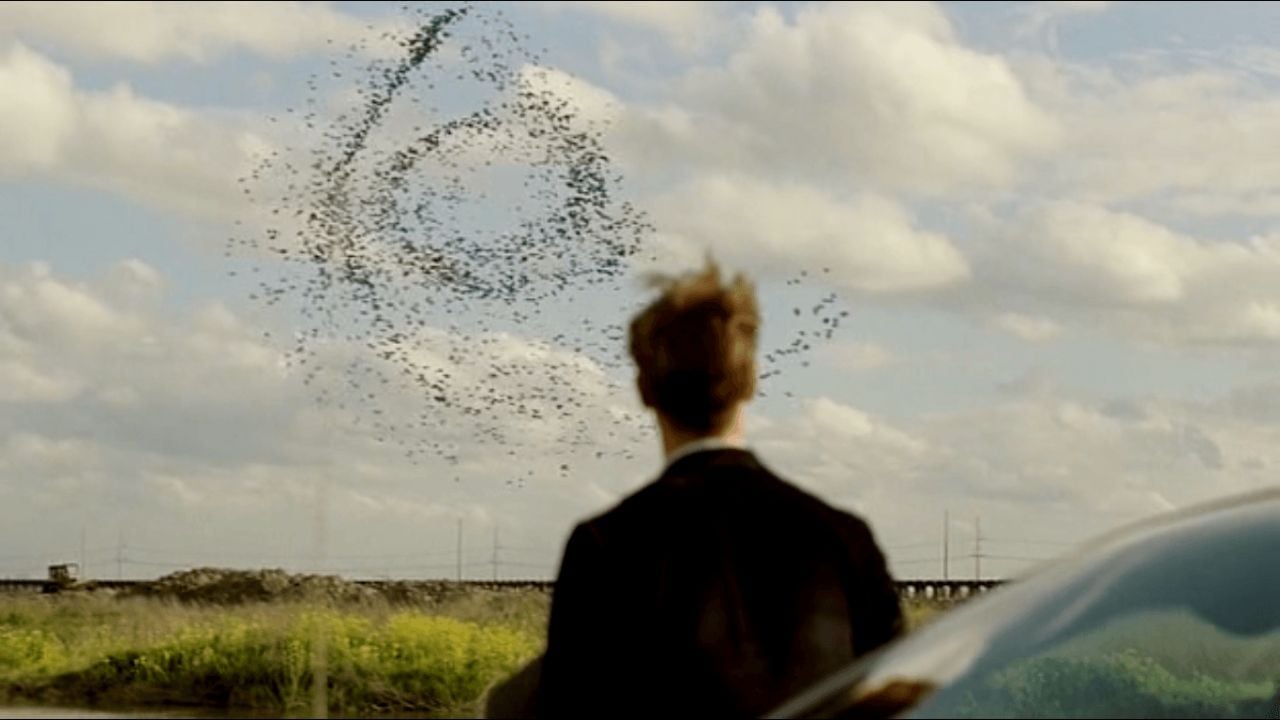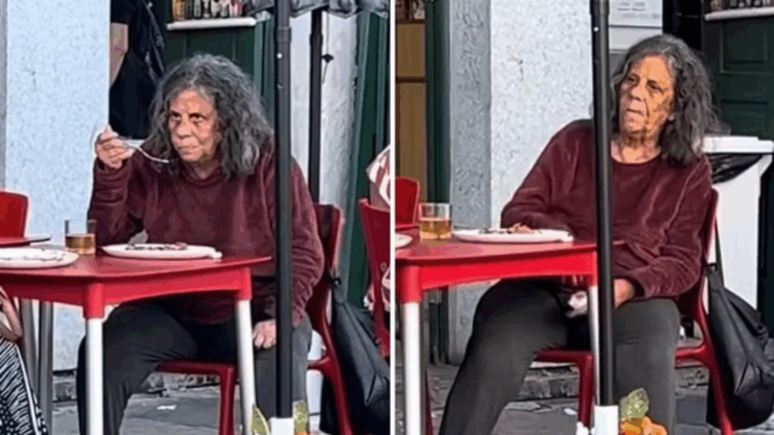This was our last conversation with Carlos Saura (1932-2023) before his death. Tomorrow he was going to receive the Goya de Honor 2023 for the work of a lifetime for a tireless filmmaker, an eternal master of Spanish cinema.
“I have been lucky enough to always make the cinema that I have wanted, even during the Franco regime,” Carlos Saura (Huesca, 1932-2023) confessed to FOTOGRAMAS a few weeks before he died at the age of 91. Filmmaker who, at the age of 32, shot the brave ‘La caza’ (1966), which won him the Best Director award at the Berlin Festival and that now, after the premiere of his latest documentary, ‘Las paredes hablan’, he was going to receive the honorary award at the 2023 Goya Awards. He died a day before this tribute that Spanish cinema was going to offer him in Seville.
In 1966, Carlos Saura was already raising the issues that would populate his cinema later: the imprint of the Civil War on Spanish society and the effects of Franco’s repression on individuals. he started then an unbreakable association with the producer Elías Querejeta from which some of the most daring films of Spanish cinema germinated: ‘Stress-es tres-tres’ (1968), ‘El jardín de las delicias’ (1970), ‘Ana y los lobos ‘ (1973), ‘Cousin Angélica’ (1974) or ‘Cría cuervos…’ (1976), among them.
His intellectual ambition led him from the beginning to widen the margins of audiovisual language and to experiment in content and form. The fusion of present and past and the psychoanalytic treatment of the characters’ desires and fears have been a constant. SHis game with the abstract and the enigmatic responded to a desire for creative originality, but also to a need to avoid censorship.
This was our last conversation with the filmmaker, a talk in which he let us know that he had an innate curiosity for all the arts but, among all of them, he chose cinema as a means of expression.

How do you live the recognition that the Film Academy gives you, and therefore the entire profession, with the Goya de Honor?
“I receive it with great gratitude, as it is known that “smallpox in old age”. I am very grateful to the Academy and its president, Fernando Méndez-Leite, for having granted me this recognition for my career. I believe that the awards are an incentive for keep doing things, but you don’t have to believe them too much, you have to work, work and work”.
Why did you choose cinema as a means of expression among all the arts?
“Cinema is the total art since it brings together all the arts that I am passionate about and for this reason, naturally I ended up devoting myself to cinema even though I started out as a photographer. Cinema is my life, and I have dedicated my life to cinema. I have spent more than 50 films and I was less than 30 years old when I shot the first one. I wouldn’t know how to stop. I work continuously, I don’t sleep much, and when I’m not doing one thing I do another. The hard part, it seems to me, would be not doing what I do. The problem that What old age has is that sometimes your body impedes you, and I fight against that, because what I want is to continue doing this, which I like so much, for as long as I have left of life”.

Looking back to when you started making movies, what are you most proud of?
“I am proud to have always been able to do what I wanted and to continue doing it. I am privileged because I work on my passion and that is not work. I am a photographer, I write novels, I draw, I am very active and when I have a project I fully dedicate myself to it, almost obsessively. I have always tried to be honest with myself, and be very demanding with the quality of my projects. I am proud of everything I have done at almost 91 years of age, but I do not like to think about the past, I believe that we must live in the present and project ourselves towards the future”.
Which of your films do you feel a special affection for?
“For all of them, as I was saying, I have been lucky enough to always make the cinema that I have wanted to make, even during the Franco regime, and when I make a film I dedicate all my time and desire to it, so I could not choose one”.
Is there anything left for you to do as a filmmaker?
“I have many projects to do and many projects that I will never do because they have not been financed, a pity. I hope to continue doing what I like, to be healthy, which is the most important thing, and to be able to carry out some of the projects that I have on the air and the futures that will come”.
Why did you decide to make the documentary ‘Las paredes habla’? What have you learned from him?
“It is a project that came to me through the producer María del Puy and from the beginning I was very attracted by its theme. At first we wanted to show how the origin of art was, and we soon realized that the elements that led to That origin was also in the modern art of the graffiti artists, which had many elements in common, and at the same time many differences.Art and why artists create is something that has accompanied me throughout my career and power. Going deeper into that subject in this documentary has been a great learning experience and a very gratifying job. It was not the intention to cover the entire history of art, but rather to deduce from that need to capture something on a wall the essence of what leads us to the creators to do what we do. During the filming of this documentary, I have shared very gratifying moments with people I admire and from whom I have learned a lot, such as Arsuaga, Barceló or Suso 33. I think you have to be curious about the world that surrounds you, every day I learn something new. There is an engraving by Goya in which an old man appears with a cane and says “I’m still learning” that’s me”.

Source: Fotogramas
Rose James is a Gossipify movie and series reviewer known for her in-depth analysis and unique perspective on the latest releases. With a background in film studies, she provides engaging and informative reviews, and keeps readers up to date with industry trends and emerging talents.







